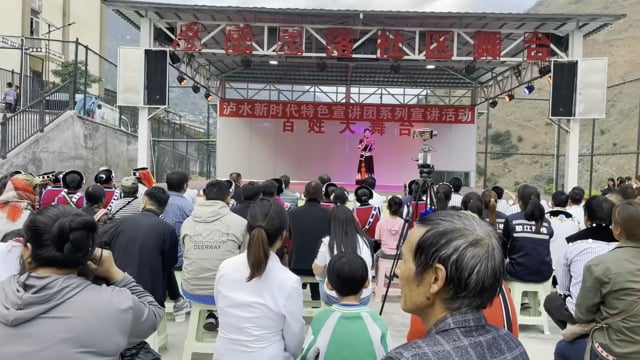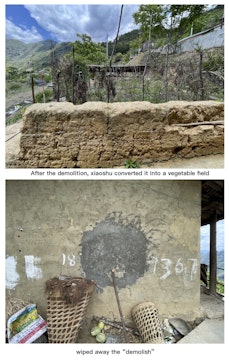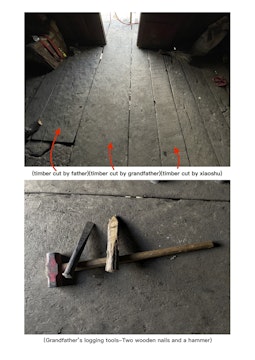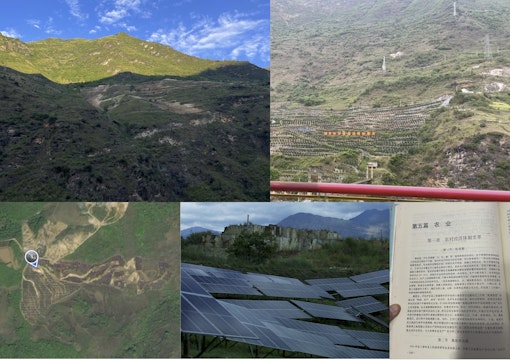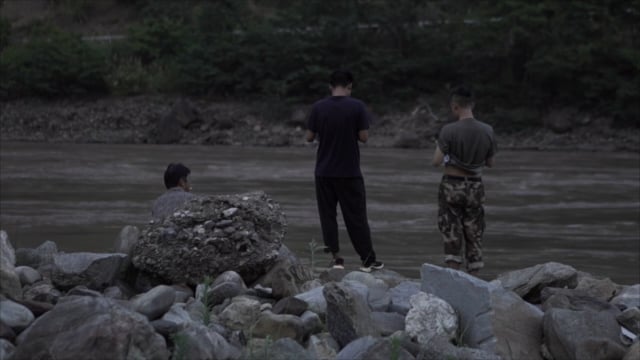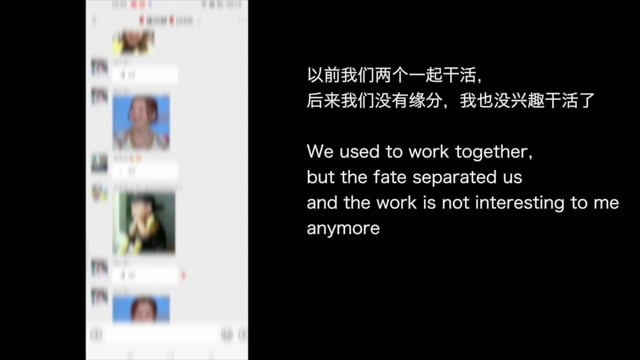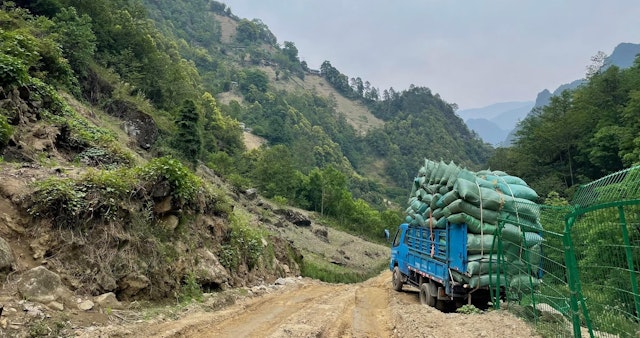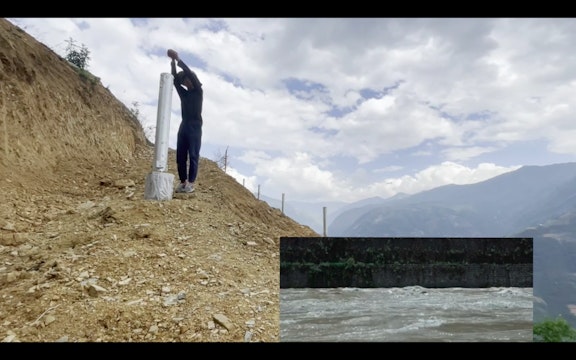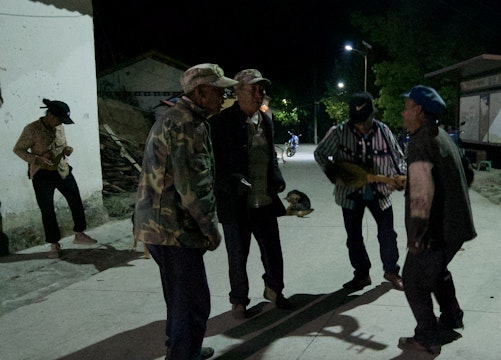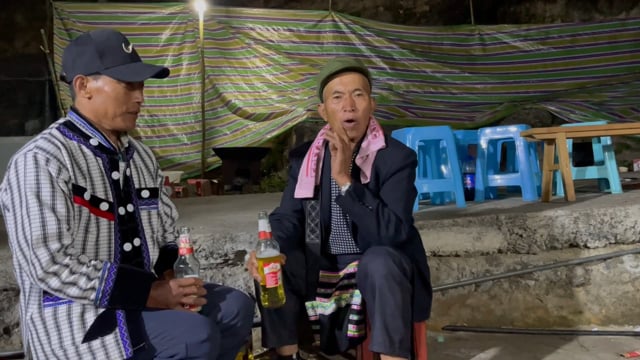Traces of Slash-and-Burn Cultivation
This land has been abandoned for many years because "it's far from the village" according to the sister in the video
This land has been abandoned for many years because "it's far from the village" according to the sister in the video
This morning, we followed her for an hour through the woods and cliffs to this land to learn how they are recultivating it and planting corn. We were lucky because her husband missed the best time (after the spring festival) to go and work in other provinces.
The first step was to cut down the trees that had grown since abandonment, then sow them. At the same time, her husband spread poison to prevent rats from eating the seeds. If the size of the woods is anything to go by, the land may have been abandoned some ten years ago.
Part of this is the traditional shifting cultivation of the Lisu people, who have been practicing this method for generations. In his remarkable work "People and Forests", Yin Shaoting has classified shifting cultivation in Yunnan into three categories. What we saw in this village could be classified in what he calls "short-term rotation". This type of swidden cultivation appears in certain high-altitude settlement areas (Yin Shaoting, 2000).
Lisu farmers generally grow mixed cereals on these lands and leave some time for afforestation or natural inactivity after cultivating the land for a certain period, then wait until they can cultivate it again. The afforestation period is generally around ten years, and for certain fast-growing trees, such as Shuidonggua (Oldham Saurauia) trees, it is five years, as these trees can significantly improve soil fertility.
What we have seen is part of this practice, but without fire. Today, fire is strictly forbidden to prevent forest fires. To this end, the government has hired villagers as forest rangers to monitor fires in the mountains. Village loudspeakers broadcast forest fire prevention regulations in the Lisu and Han languages. Villagers must use chemical fertilizers and pesticides to solve the problems posed by fire in the past.
"When I was young, we didn't use this poison, we just burned the trees around the land and the animals couldn't get in. The burnt ashes could be used as fertilizer, we didn't need to buy any." The sister told me.
